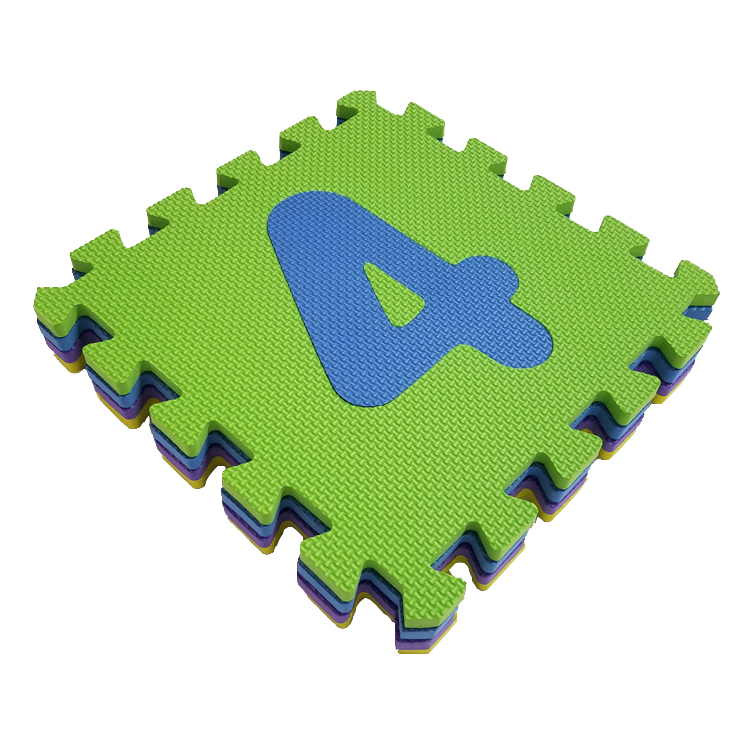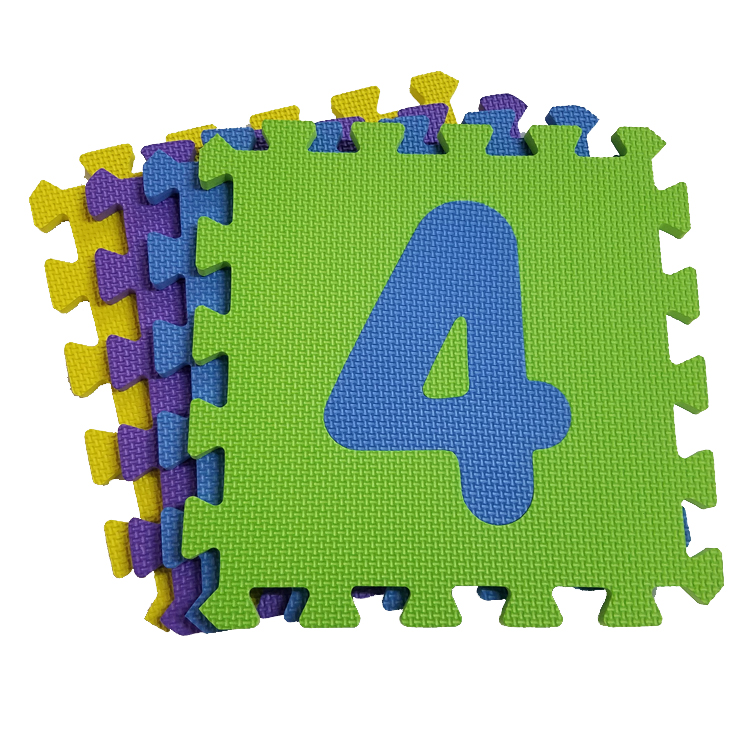Stainless steel, as the name suggests, refers to steel that is resistant to weak corrosive media such as air, steam, water, and chemically etched media such as acids, alkalis, and salts. It is also called stainless acid-resistant steel. However, in practical applications, some stainless steels have accidentally rusted.
There is rust in stainless steel materials, which may be due to several reasons:
First, natural intergranular corrosion.
Such titanium and niobium-free materials have a tendency to intergranular corrosion. The addition of titanium and niobium, together with a stable treatment, can reduce intergranular corrosion. A high-alloy steel that resists corrosion in air or chemically corrosive media. Stainless steel has an aesthetically pleasing surface and good corrosion resistance. It does not require surface treatment such as plating to give full surface properties to stainless steel. One of the aspects of steel, commonly referred to as stainless steel. Representative properties include high-alloy steels such as 13 chrome steel and 18-8 chrome nickel steel. From the perspective of metallography, because stainless steel contains chromium and the surface forms a very thin chromium film, this film is isolated from the intrusion of oxygen in the steel to resist corrosion. In order to maintain the corrosion resistance inherent in stainless steel, steel must contain more than 12% chromium. Used in applications where soldering is required. The lower carbon content minimizes the precipitation of carbides in the heat affected zone near the weld, which may result in intergranular corrosion weld erosion in certain environments.
Second, there is no solution treatment.
The alloying elements are not dissolved in the matrix, resulting in a low content of the matrix microstructure and poor corrosion resistance.
Third, the presence of chloride ions in the environment of use.
Chloride ions are widely present, such as salt/sweat/seawater/sea breeze/soil. Stainless steel in the presence of chloride ions, corrosion is very fast, even more than ordinary low carbon steel. Therefore, there is a requirement for the use environment of stainless steel, and it is necessary to wipe frequently to remove dust and keep it clean and dry. (This would give him a "useless".) There is an example in the United States: a company uses a oak container to hold a solution containing chloride ions that has been used for nearly a hundred years and is scheduled to be replaced in the 1990s. Because the oak material is not modern enough, the container leaks due to corrosion after 16 days of replacement with stainless steel.
Numbers Puzzle Mat has a total of 10 pieces (No border) which includes numbers 0-9.


It is a great EVA Puzzle Mat For Kids because the removable pieces allow kids to develop gross motor skills, hand-eye coordination, logic, reasoning, and visual sensory growth. This mat can be used to design play areas in homes, schools, day cares, and many more places. The top of the puzzle mat is grooved with a non-skid bottom for ultimate safety and protection. An awesome Baby Play Mat for hard floors and soft heads! It is made out of high density Eva Foam for the greatest durability and comfort. EVA foam is durable, non-toxic, premium foam that is lightweight and easy to assemble. It is also water, mold and mildew resistant which makes it easy to clean.
Numbers Puzzle Mat
Numbers Puzzle Mat,Numbers Jigsaw Mat,Eva Number Puzzle Mat,Foam Puzzle Mats,Eva Interlocking Mats,Foam Number Puzzle Mats
Huizhou Melors Plastic Products Factory , http://www.melorsfoam.com